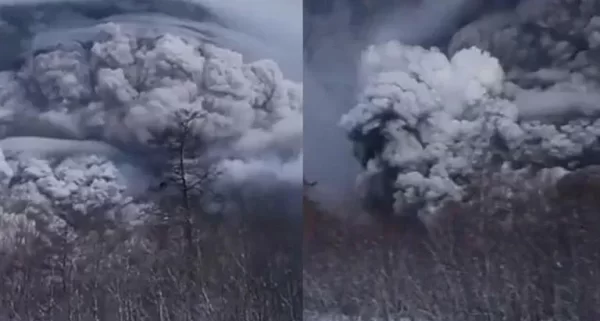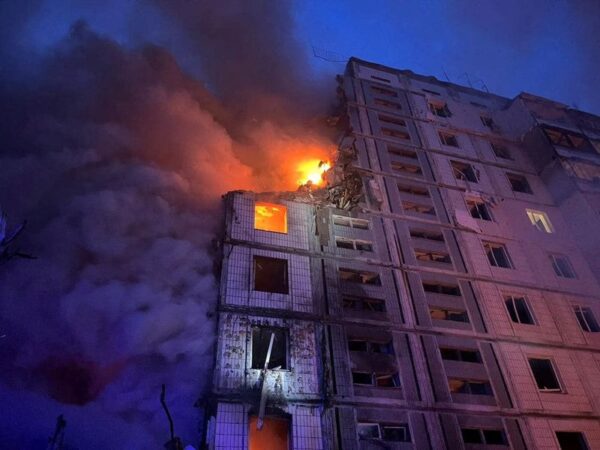
Russia's Shiveluch Volcano Erupts, Flight Warning Issued
Russia`s Shiveluch Volcano, stated to be one of the maximum lively withinside the country, erupted on Tuesday, spewing ash throughout a good sized swathe of the a ways japanese Kamchatka peninsula. Independent stated that an aviation caution has been issued as a massive cloud of ash covers the sky withinside the vicinity after the eruption. The volcano erupted simply after middle of the night and reached its climax six hours later, the hole similarly stated. The ash cloud included a place of 108,000 rectangular kilometres consistent with the Kamchatka Branch of the Russian Academy of Sciences’ Geophysical Survey.
Normal lifestyles has been paralysed in numerous villages, which might be included beneathneath a carpet of gray ash nearly 10 centimetres deep, the private in 60 years, consistent with information business enterprise Reuters. Lava flows had been pouring down the facet of the volcano, melting snow and prompting a dust go with the drift caution, stated Independent.
Volcanologists issued a crimson code caution for flights and Russia’s aviation authority Rosaviatsiya entreated crews to “continuously display adjustments in meterological information”.
“An extrusive eruption of the volcano continues. Ash clouds of up to fifteen kilometres (49,two hundred feet) tall… may want to arise at any time. Ongoing hobby may want to have an effect on global and low-flying aircraft,” the Kamchatka Volcanic Eruption Response Team (KVERT) stated in its crimson code alert notice.
The governor of Kamchatka, Vladimir Solodov, stated that 3 villages – Kliuchy, Kozyrevsk and Mayskoye – have been the worst affected. He entreated humans there to live at domestic and introduced that faculties have been closed.
“As tons as possible, live at domestic,” Solodov stated on Telegram, as in step with information business enterprise AFP.
According to KVERT, Shiveluch is among 60,000 and 70,000 years old, and is certainly considered one among the biggest volcanoes in Kamchatka. The Kamchatka Peninsula is in moderation populated.
The Smithsonian Institution’s Global Volcanism Program estimates that fewer than 12,000 humans stay inside a 100-kilometre radius of the volcano.







